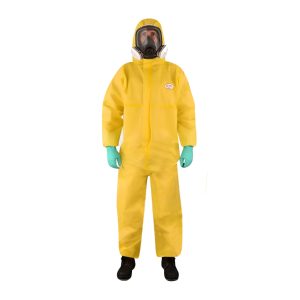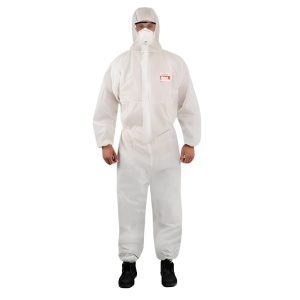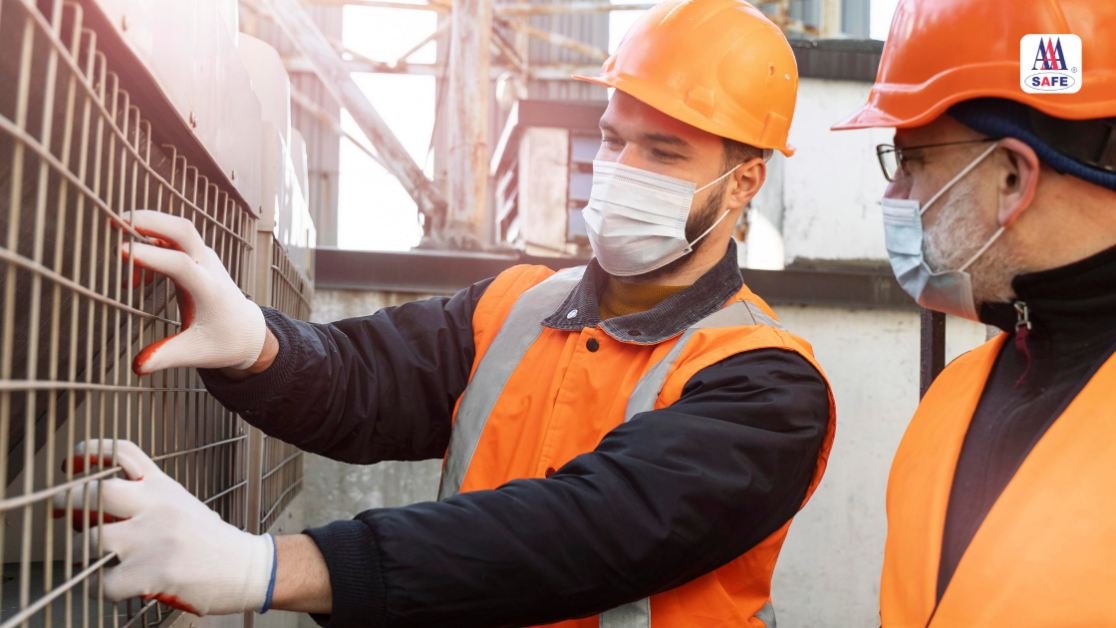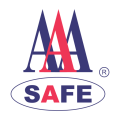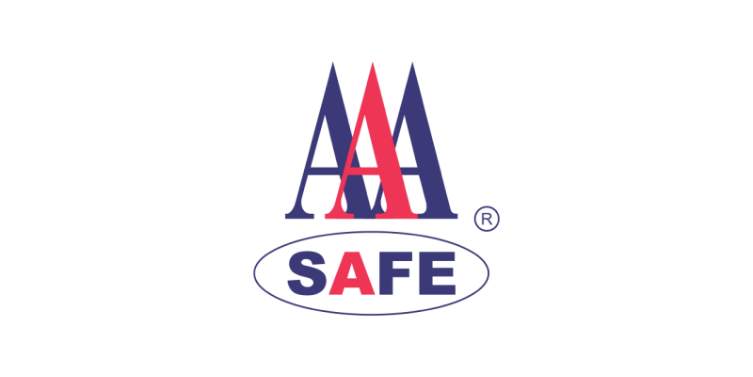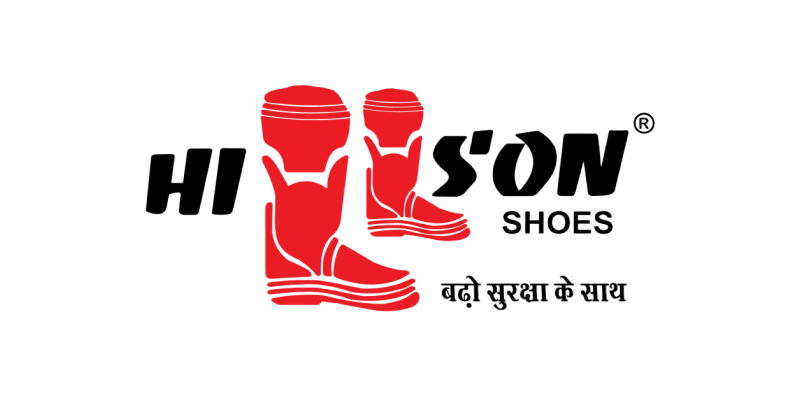Solid waste management plants play a crucial role in handling and processing waste materials to mitigate environmental impact and promote sustainability. However, these facilities also pose several Safety Hazards in Solid Waste Management Plant that workers and management must be aware of to ensure a safe working environment. Understanding these safety hazards and implementing effective safety measures is essential for protecting workers and minimizing risks. This blog explores the most common safety hazards in solid waste management plants, providing detailed explanations and preventive measures for each hazard.
Common Safety Hazards in Solid Waste Management Plants
1. Slips, Trips, and Falls
Slips, trips, and falls are Safety Hazards in Solid Waste Management Plant and are prevalent in waste management plants due to uneven walking surfaces, spilled liquids, and debris accumulation.
- Uneven Surfaces: Floors and pathways can be uneven or slippery due to spills and outdoor weather conditions.
- Debris Accumulation: Piles of waste and equipment can obstruct walkways.
Preventive Measures:
- Implement regular cleaning schedules.
- Use anti-slip flooring and footwear.
- Provide adequate lighting and signage for safety hazards.
- Conduct regular inspections and maintenance of walking areas.
2. Machinery Accidents
Heavy machinery used for waste processing poses significant risks, including entanglement, crushing, and collisions.
- Entanglement: Workers can get caught in conveyor belts or rotating equipment.
- Crushing Hazards: Moving parts of compactors and shredders can crush limbs.
- Collisions: Forklifts and other vehicles may collide with pedestrians or other machinery.
Preventive Measures:
- Provide comprehensive training for equipment operators.
- Install guards and safety interlocks on machinery.
- Implement strict traffic management and pedestrian zones.
- Conduct regular maintenance and inspections of equipment.
3. Chemical Exposure
Solid waste may contain hazardous chemicals, gases, or biological contaminants that pose health risks through inhalation or skin contact.
- Chemical Hazards: Presence of toxic substances like lead, mercury, or asbestos.
- Gas Emissions: Release of methane, hydrogen sulfide, and other gases.
- Biological Hazards: Exposure to bacteria, fungi, and viruses from organic waste.
Preventive Measures:
- Provide personal protective equipment (PPE) such as respirators and gloves.
- Implement proper ventilation and exhaust systems.
- Train workers on safe handling and disposal procedures.
- Conduct regular air quality monitoring.
4. Fire and Explosion Risks
lead to fire hazards and explosions.
- Combustible Materials: Improper storage or sorting of flammable waste.
- Ignition Sources: Sparks from machinery or welding activities.
- Chemical Reactions: Spontaneous combustion of organic materials.
Preventive Measures:
- Install fire detection and suppression systems.
- Store flammable materials in designated areas with fire-resistant containers.
- Prohibit smoking and open flames in operational areas.
- Train employees in fire safety protocols and evacuation procedures.
5. Noise Exposure
Solid waste management plants are often noisy environments due to machinery, compactors, and trucks, leading to potential hearing loss.
- High Noise Levels: Continuous exposure to noise above safe limits.
- Impact on Health: Long-term hearing impairment and stress-related health issues.
- Communication Challenges: Difficulty in verbal communication and hearing alarms.
Preventive Measures:
- Provide hearing protection such as earmuffs or earplugs.
- Enclose noisy equipment and install sound-absorbing materials.
- Implement noise monitoring and conduct regular hearing screenings.
- Rotate workers to minimize prolonged exposure to high noise levels.
6. Manual Handling Injuries
Workers may suffer musculoskeletal injuries from lifting, carrying, and sorting heavy or awkwardly shaped waste materials.
- Lifting Hazards: Strain injuries from improper lifting techniques.
- Falling Objects: Risk of items falling from heights during sporting activities.
- Repetitive Motion: Cumulative trauma disorders from repetitive tasks.
Preventive Measures:
- Provide training on proper lifting techniques and ergonomic practices.
- Use mechanical aids such as forklifts, conveyors, and lifting trolleys.
- Maintain clear pathways and secure stacking of waste materials.
- Rotate tasks to minimize repetitive motions and fatigue.
7. Biological Hazards
Handling organic waste can expose workers to pathogens, parasites, and allergens, leading to infections and allergic reactions.
- Pathogenic Microorganisms: Bacteria, viruses, and fungi present in organic waste.
- Parasites: Worms, mites, and insects that thrive in decomposing materials.
- Allergens: Pollen, mold spores, and animal dander from biohazardous waste.
Preventive Measures:
- Provide appropriate PPE including gloves, masks, and protective clothing.
- Implement hand hygiene protocols and sanitation stations.
- Ensure proper waste segregation and containment of biohazardous materials.
- Conduct regular health screenings and vaccinations for at-risk workers.
8. Electrical Hazards
Electrical equipment and wiring used in waste management facilities can pose electrocution and shock hazards if not properly maintained.
- Exposed Wiring: Damaged or frayed electrical cords and cables.
- Moisture and Corrosion: Water leaks and humidity affecting electrical components.
- Improper Use of Equipment: Overloading circuits or using damaged tools.
Preventive Measures:
- Conduct regular inspections and maintenance of electrical systems.
- Install ground fault circuit interrupters (GFCIs) and surge protectors.
- Train workers in electrical safety procedures and lockout/tagout protocols.
- Keep electrical panels and equipment clear of debris and waste materials.
9. Confined Spaces
Enclosed areas within waste storage bins, tanks, or silos pose risks of asphyxiation, engulfment, or exposure to toxic gases and are one of the most dangerous Safety Hazards in Solid Waste Management Plant to pay heed to.
- Limited Entry and Exit Points: Difficulty in accessing confined spaces during emergencies.
- Atmospheric Hazards: Oxygen deficiency, presence of toxic gases, or combustible dust.
- Physical Obstructions: Narrow passageways and obstructed pathways.
Preventive Measures:
- Implement confined space entry procedures and permits.
- Test air quality and monitor atmospheric conditions before entry.
- Provide ventilation and respiratory protection as needed.
- Train workers on confined space hazards and emergency response procedures.
10. Radiation Exposure
Some waste materials may contain radioactive substances, posing risks of radiation exposure to workers.
- Radioactive Waste: Disposal of medical, industrial, or research-related radioactive materials.
- Health Effects: Increased risk of cancer, genetic mutations, and other radiation-related illnesses.
- Contamination: Spread of radioactive particles through improper handling or storage.
Preventive Measures:
- Use radiation monitoring devices and dosimeters.
- Implement strict handling and storage protocols for radioactive waste.
- Provide specialized training for workers handling radioactive materials.
- Conduct regular radiation safety audits and inspections.
11. Psychosocial Hazards
Work-related stress, burnout, and mental health issues can arise from the demanding and sometimes hazardous nature of waste management work.
- Job Demands: Heavy workloads and tight deadlines.
- Isolation: Limited social interaction or feeling disconnected from colleagues.
- Traumatic Events: Accidents or incidents resulting in emotional distress.
Preventive Measures:
- Provide access to employee assistance programs (EAPs) and mental health support.
- Promote work-life balance and encourage regular breaks.
- Foster a supportive team environment and open communication channels.
- Train supervisors and managers in recognizing signs of stress and burnout.
Conclusion
Solid waste management plants are essential for maintaining cleanliness and sustainability in our communities. However, they are also inherently hazardous environments due to the nature of waste materials and the machinery involved in processing them. Ultimately, a proactive approach to Safety Hazards in Solid Waste Management Plants not only protects workers but also enhances operational efficiency and promotes a culture of safety within the waste management industry.


